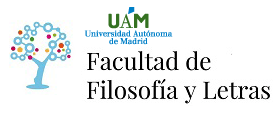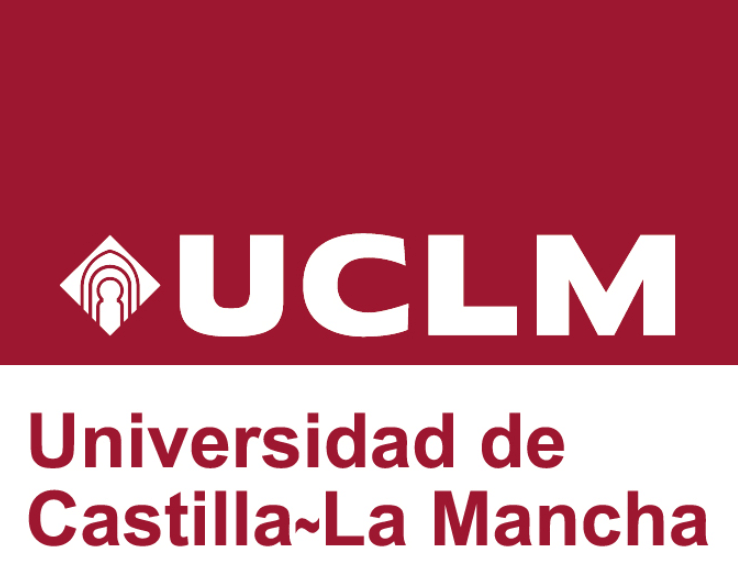Plants in Islamic Medicine: Between Magic, Miracle and Science
Muslim physicians and scientists in the East have always been in the forefront with original contributions to medical and botanical knowledge. One of the greatest and most well-known Islamic doctors was Ibn-Sina (Avicenna), who compiled the Canon of Medicine. Another leading physician was al-Razi, who compiled The Comprehensive Book on Medicine. The works of Ibn Sina and al-Razi were translated into Latin, and continued to influence medical practice until as late as the nineteenth century. Andalusia (Islamic Spain) became a center of learning where science; the arts and medicine that flourished in the Cordoba and Granada regions. The rich diverse flora of Spain was a contributing factor to the development of medical botany. Ibn al-Baytar, the author of Compendium of Simple Drugs and Food, is the best known of all Arabic herbal books.In hospitals, for example, sometimes the floors were strewn with branches of pomegranate, mastic tree, balsam of Mecca, henna, and pleasant-smelling spice trees; in addition to the burning of incense, to enhance the healing milieu.The Islamic medical tradition (Prophetic medicine), that first emerged in the seventh century, was shaped in the tenth century, further developed in the eleventh and twelfth centuries, and reached its peak in the thirteenth to sixteenth centuries. It later declined in the seventeenth to nineteenth centuries.One plant in Islamic Medicine is the olive, which will be used in my lecture to demonstrate the differences between magic, miracle and science.
(*)El autor o autora no ha asociado ningún archivo a este artículo









